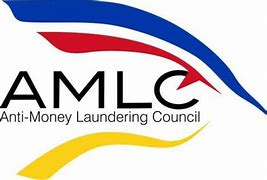BAGUIO – Bangko Sentral ng Pilipinas Governor Eli Remolona on Saturday, February 01, hinted at potential monetary policy adjustments, including a possible 50-basis-point (bps) reduction in policy rates and a 200 bps cut in the reserve requirement ratio (RRR) for big banks this year.
In an interview with reporters here, Remolona said proposed adjustments come amid concerns over sluggish gross domestic product (GDP) growth and external challenges, such as the U.S. Federal Reserve’s tight monetary policy and ongoing global trade tension.
For context, data from the Philippine Statistics Authority (PSA) showed that the country’s economy expanded a lower-than-expected 5.2% in the fourth quarter from 5.6% a year earlier.
Remolona said that the proposed cuts would likely be implemented in two phases, with a 25-basis-point reduction in the first half of the year and another 25-basis-point cut in the second half.
“Not every meeting will see a policy rate decline,” he told reporters, with the Monetary Board now set to meet bimonthly, reducing the frequency of its policy-setting meetings to six from seven in 2024.
Remolona pointed out, however, that a full-year reduction of 75 to 100 basis points might be excessive. He explained that inflation is projected to fall within the target range of 2.0% to 4.0% by 2025, making such aggressive cuts unnecessary.
“Central banks around the world have learned to do things gradually, except when there’s an impending hard landing. Hard landing usually means a cut of more than 25 basis points — 50 (basis points), and a hundred (basis points),” he said.
“We don’t see a hard landing in the near future… If we do our job, there should be no hard landing, so there’s no need for a hundred-basis-point rate cut,” he added.
Last year, the BSP reduced its key interest rate by a total of 75 basis points, bringing it to a two-year low of 5.75% as inflationary pressures eased.
The central bank anticipates inflation to remain manageable, forecasting it to range between 2.5% and 3.3% in January, compared to 2.9% in December. According to Remolona, inflation is expected to stay within the target range of 2% to 4% throughout this year.
When asked about the economic impact of these measures, Remolona explained that both policy rate cuts and RRR reductions are designed to stimulate economic activity, though they operate through different channels.
“Both measures aim to boost the economy,” he said. “However, cutting the RRR has the added advantage of influencing both deposit and lending rates. A lower RRR could slightly increase deposit rates while reducing loan rates, which should encourage borrowing and spending,” he added. (TCSP)




